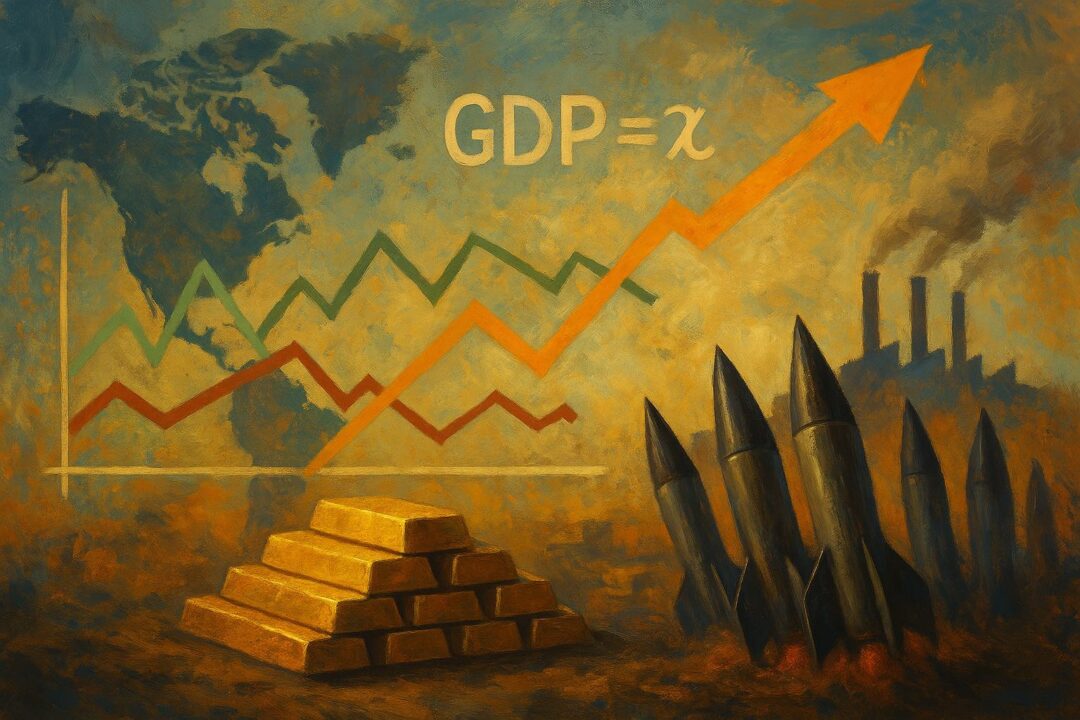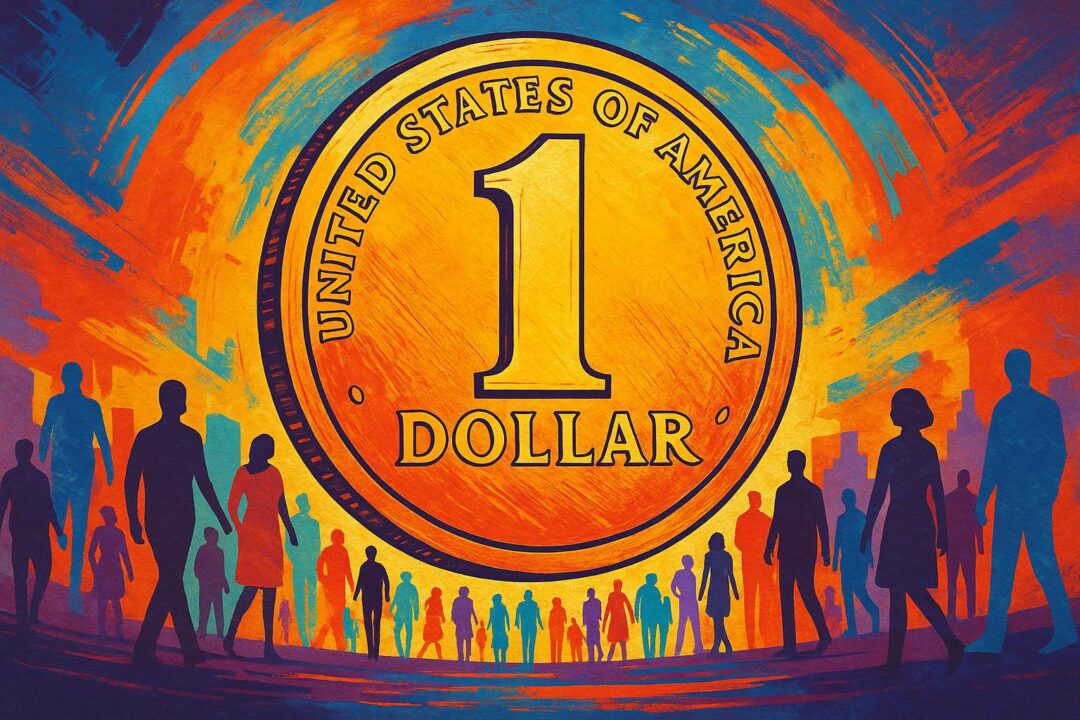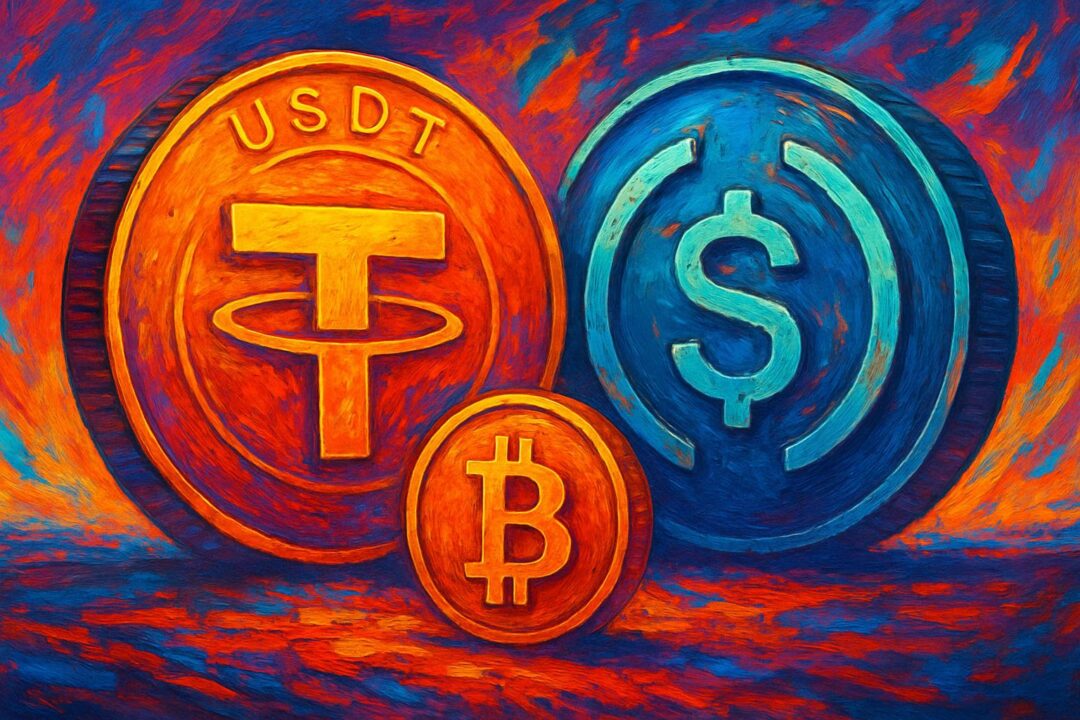The financial world is quietly undergoing one of the most profound transformations since the invention of electronic banking. As stablecoins like PayPal’s PYUSD, Circle’s USDC, and others proliferate, a fundamental question is emerging:
If every company issues its own stablecoin, how will they all work together?
And perhaps even more urgently: Will they even need blockchains at all?
The future is, of course, unknown. But by looking at how financial systems evolved historically — and how technology and politics are shaping up today — we can outline some of the most likely scenarios.
The Problem: A Growing Jungle of Stablecoins
In theory, stablecoins are simple: digital tokens pegged to the dollar or euro, useful for fast payments and settlement.
In practice, each stablecoin is a separate ecosystem:
- PayPal’s PYUSD exists inside PayPal’s walled garden.
- USDC is issued by Circle and used broadly across crypto platforms.
- Kraken, Stripe, and even traditional banks like JPMorgan have their own initiatives.
Without a common network, these stablecoins don’t “talk” to each other natively. Moving value from PYUSD to USDC isn’t seamless; it requires swapping, bridging, or complicated reconciliation processes.
Instead of eliminating friction, we may be creating a new kind of financial fragmentation.
Why One Stablecoin Won’t Rule Them All
It would be technically much easier if everyone just agreed to use one stablecoin — say, USDC.
But in the real world, that’s unlikely for several reasons:
- Control: Companies and banks want to own the rails, not depend on someone else’s system.
- Profit: Issuers of stablecoins make money from reserves and fees.
- Compliance: Different countries will require local regulations and standards.
- Risk Management: Depending on a single stablecoin could create massive systemic vulnerability.
Thus, multiple stablecoins are here to stay.
The future will likely be defined not by a single dominant stablecoin — but by a messy competition between many.
Without Blockchains, How Will They Connect?
Public blockchains make interoperability easy because they are open systems by design.
But companies like PayPal, Stripe, and JPMorgan are unlikely to want to expose their financial operations to public, permissionless blockchains. Instead, stablecoin movements will happen through private interoperability frameworks, powered by:
- Common Standards: Like ISO 20022 messaging for banks, enabling different systems to communicate.
- Trusted Bridges and Clearinghouses: Regulated intermediaries settling stablecoin swaps between parties.
- Shared Custodians: Institutions managing multiple stablecoin types and offering instant swaps.
- APIs and Atomic Messaging: Secure ledger updates across different platforms without physical token movement.
In short: Money will move, even if tokens don’t.
One of the Biggest Challenges (especially for potential users) – Interoperability at Scale
With dozens of companies, banks, and governments issuing their own stablecoins, the world is at risk of becoming a tangled web of isolated digital dollars.
Every issuer is building on different technologies, under different regulations, for different goals. Interoperability is not automatic — it must be engineered, negotiated, and trusted.
Without it, stablecoins could actually introduce new inefficiencies into global finance, making payments slower, more expensive, or politically fragmented.
Building true interoperability between so many different stablecoins will require:
- Shared technical standards.
- Regulated settlement hubs between issuers.
- Legal frameworks for cross-issuer redemption.
Even if the technical tools exist, business incentives might block real interoperability. Companies benefit from keeping users locked inside their ecosystems. Cooperation is not guaranteed.
Ultimately, solving stablecoin interoperability is not just a technical project — it is a political, regulatory, and economic challenge. The future of digital money may depend on whether this problem is solved, or not.
Possible Future Scenarios
Depending on how technology, regulation, and markets evolve, we might see one or several of these futures unfold:
Scenario 1: “Internet of Stablecoins”
- Multiple stablecoins exist.
- Companies use standardized messaging and clearinghouses.
- Money flows smoothly behind the scenes, and users barely notice.
Scenario 2: “Corporate Silos and Walled Gardens”
- Big players (Apple, Amazon, PayPal) wall off their ecosystems.
- Moving money between them becomes costly or slow.
- Payments fragment instead of unifying.
Scenario 3: “State-Backed Standardization”
- Governments heavily regulate or issue their own stablecoins (or CBDCs).
- Private stablecoins either comply or fade away.
- Payments become seamless, but privacy and innovation could suffer.
Scenario 4: “Dominance of a Few Giants”
- A few trusted stablecoins (like USDC or a government-backed coin) dominate.
- Smaller stablecoins either integrate or die off.
- A stable but highly centralized financial system emerges.
The Only Certainty: Change
History teaches us that new financial technologies rarely play out exactly as planned.
Stablecoins could revolutionize payments — or they could become just another complex layer of fragmentation.
The most likely outcome?
Multiple stablecoins will coexist, connected (or not) by trusted private networks, heavily shaped by regulation and corporate incentives.
The dream of seamless, global, frictionless money is achievable — but only if technology, regulation, and business align.
And in the real world, surprises are almost certain.
Bonus: Could Big Money Market Funds Switch to Stablecoins?
One important area to watch is how big money market funds — like Vanguard, Fidelity, and JPMorgan — will interact with stablecoins.
In the short term:
It’s unlikely. Money market funds today are deeply regulated and serve ultra-conservative investors. Stablecoins, even fully backed ones, are still seen as riskier under current rules.
In the medium term:
We might see experiments. Some funds could tokenize their portfolios, or allow stablecoin-based transactions, if regulators allow it. Franklin Templeton has already launched a tokenized money market fund pilot.
In the long term:
There could be full convergence. Stablecoins and money market funds could merge, with tokenized cash equivalents becoming common for payments and savings alike.
However, it’s important to be clear: nobody knows the exact timeline. Regulatory shifts, market surprises, and new technologies could speed up or delay this evolution. Surprises are guaranteed.
In the end, stablecoins may not replace money market funds — but money market funds might evolve into something very stablecoin-like.
Discover more from Brin Wilson...
Subscribe to get the latest posts sent to your email.



